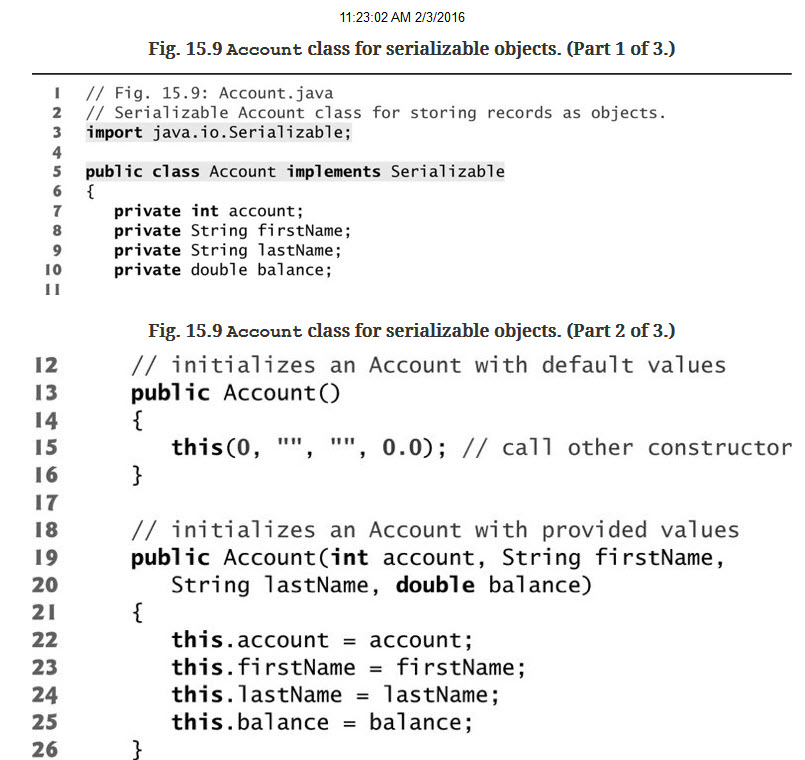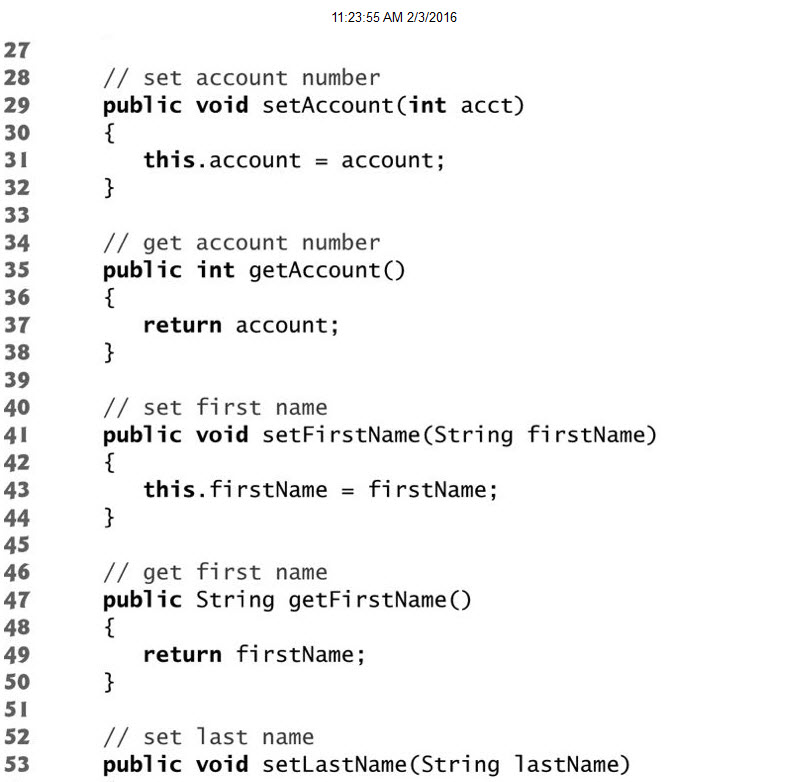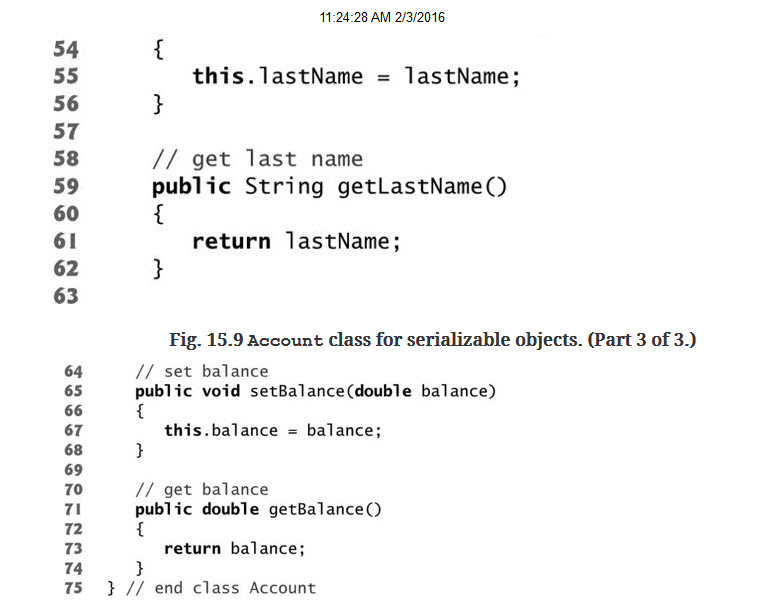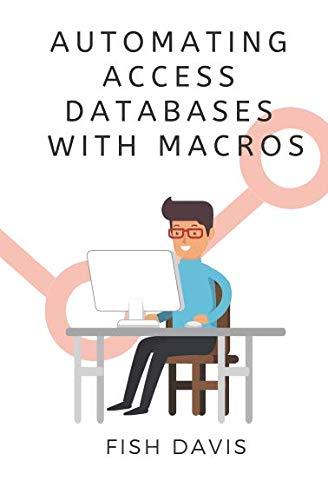Question
JAVA Complete Exercise 15.4 with Key Programming design in Psuedocode. Exercises 15.4 (File Matching) Self-Review Exercise 15.2 asked you to write a series of single
JAVA Complete Exercise 15.4 with Key Programming design in Psuedocode. 



Exercises 15.4
(File Matching) Self-Review Exercise 15.2 asked you to write a series of single statements. Actually, these statements form the core of an important type of file-processing programnamely, a file-matching program. In commercial data processing, its common to have several files in each application system. In an accounts receivable system, for example, theres generally a master file containing detailed information about each customer, such as the customers name, address, telephone number, outstanding balance, credit limit, discount terms, contract arrangements and possibly a condensed history of recent purchases and cash payments.
As transactions occur (i.e., sales are made and payments arrive in the mail), information about them is entered into a file. At the end of each business period (a month for some companies, a week for others, and a day in some cases), the file of transactions (called "trans.txt") is applied to the master file (called "oldmast.txt") to update each accounts purchase and payment record. During an update, the master file is rewritten as the file "newmast.txt", which is then used at the end of the next business period to begin the updating process again.
File-matching programs must deal with certain problems that do not arise in single-file programs. For example, a match does not always occur. If a customer on the master file has not made any purchases or cash payments in the current business period, no record for this customer will appear on the transaction file. Similarly, a customer who did make some purchases or cash payments could have just moved to this community, and if so, the company may not have had a chance to create a master record for this customer.
Write a complete file-matching accounts receivable program. Use the account number on each file as the record key for matching purposes. Assume that each file is a sequential text file with records stored in increasing account-number order.
a) Define class TransactionRecord. Objects of this class contain an account number and amount for the transaction. Provide methods to modify and retrieve these values. b) Modify class Account in Fig. 15.9 to include method combine, which takes a TransactionRecord object and combines the balance of the Account object and the amount value of the TransactionRecord object. c) Write a program to create data for testing the program. Use the sample account data in Figs. 15.14 and 15.15. Run the program to create the files trans.txt and oldmast.txt to be used by your file-matching program.
D) Create class FileMatch to perform the file-matching functionality. The class should contain methods that read oldmast.txt and trans.txt. When a match occurs (i.e., records with the same account number appear in both the master file and the transaction file), add the dollar amount in the transaction record to the current balance in the master record, and write the "newmast.txt" record. (Assume that purchases are indicated by positive amounts in the transaction file and payments by negative amounts.) When theres a master record for a particular account, but no corresponding transaction record, merely write the master record to "newmast.txt". When theres a transaction record, but no corresponding master record, print to a log file the message "Unmatched transaction record for account number" (fill in the account number from the transaction record). The log file should be a text file named "log.txt".
Step by Step Solution
There are 3 Steps involved in it
Step: 1

Get Instant Access to Expert-Tailored Solutions
See step-by-step solutions with expert insights and AI powered tools for academic success
Step: 2

Step: 3

Ace Your Homework with AI
Get the answers you need in no time with our AI-driven, step-by-step assistance
Get Started


